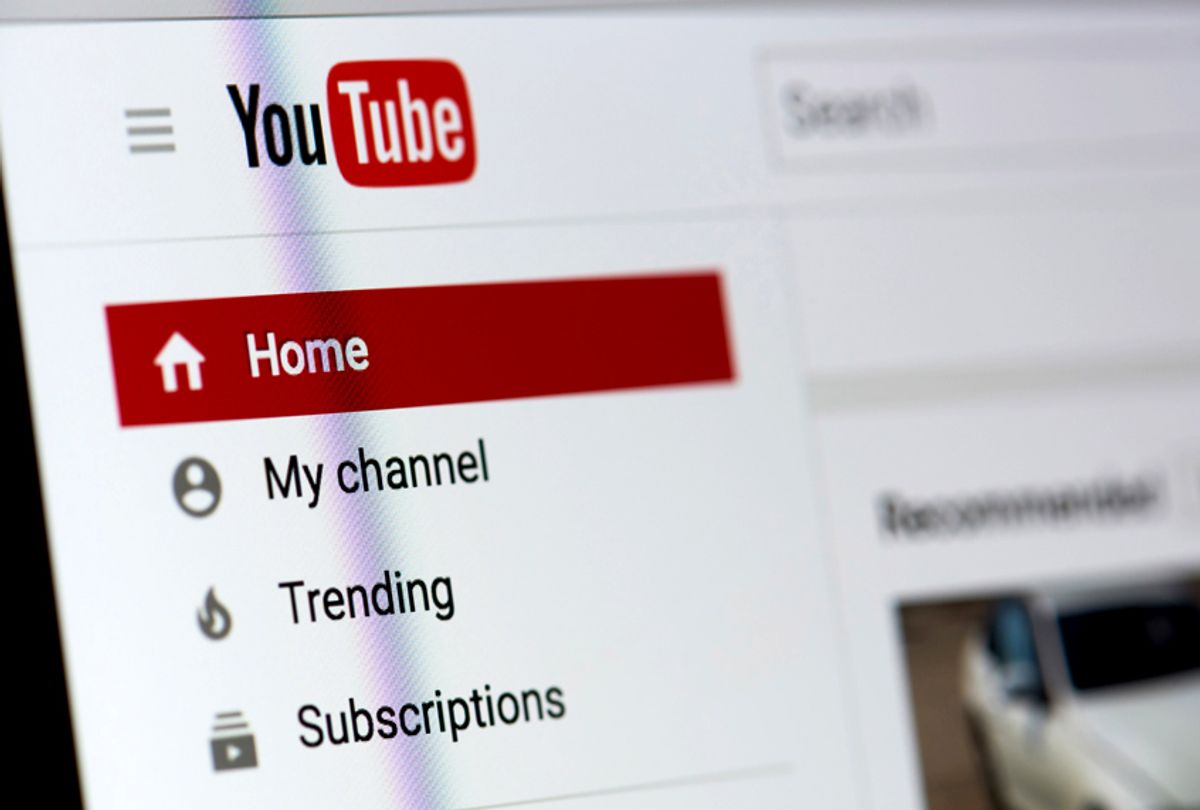Everyone loves those videos of stuff that's obviously fake: dogs talking like humans or Nick Offerman playing every role in Full House. But the same technology that enables these silly videos also has a dark side: deepfakes. Learn more about what deepfakes are, why people make them, and why they could pose a big threat to public trust.
What are "deepfakes?"
A "deepfake" is a video created using artificial intelligence (AI) showing real people doing and saying things they never did. The first iterations of deepfakes appeared in pornography when celebrities would be spliced into scenes, but now they are being used as entertainment, as satire, or as political and propaganda weapons.
Director and comedian Jordan Peele teamed up with Buzzfeed and Barack Obama to create this deepfake video to serve as a warning of what manipulated video could do.
How are deepfakes made?
While you and your kids can create edited videos using widely available apps like TikTok, Likee, and Funimate, you can't use them to make deepfakes. Two apps that can create deepfakes — Fakeapp and DeepFaceLab — are both available for free download, but fabricating a convincing deepfake takes a significant amount of effort and time, even for tech-savvy computer hobbyists. There's little doubt that as the technology improves, deepfake software will become more accessible. In the meanwhile, deepfake creators with technical expertise and malicious intent are committed to their craft — and it could turn into a big problem.
Why do people make them?
Deepfakes are designed to intentionally mislead people and spread false information. Though fake footage can be used for entertainment and satire on TV and social media (where it's usually identified as such), deepfakes are created by folks with an ax to grind, an agenda to promote, or an urge to troll. They're slowly becoming more common — and are maddeningly hard to spot — posing problems for government, the tech industry, and families who are finding it tougher to trust what they see.
Do families need to worry about deepfakes?
Manipulating images to portray a point of view and persuade viewers is nothing new. But deepfakes aren't like airbrushed models in magazines or glow filters in Snapchat. When their targets are elected officials, actual events from history, or other public information, they have the potential to erode people's trust, an especially scary thought as the 2020 presidential election looms. For these reasons, deepfakes have caught the attention of politicians. In July 2019, U.S. House of Representatives Intelligence Committee Chairman Adam Schiff wrote letters to the CEOs of Facebook, Twitter, and Google asking about their companies' formal policies on deepfakes and development of technologies to detect them. But so far, companies either haven't responded or publicly stated how they will handle this emerging phenomenon.
What can you do about deepfakes?
Kids may actually be savvier about deepfakes than all of us. They know all about using editing tools like the ones in Snapchat, Instagram, and Facetune to create unique images — and they know not to trust everything they see. These media-literacy skills will be essential as they continue to grow up in an online environment where anyone can create anything easily. Since the problem of deepfakes is only going to grow, it's time to talk to your kids about not only how to recognize signs that a video is manipulated, but also to discuss the why behind the producer's intent.
How can you spot a deepfake?
Since humans can be easily deceived, it may be up to tech companies to help us recognize deepfakes and flag potential ones. Many are developing sophisticated algorithms and AI for this purpose. For instance, the software company Adobe, the creator of Photoshop, partnered with University of California Berkeley researchers to train AI to recognize facial manipulation. This tool could eventually help consumers detect deepfakes. In the meantime, the following characteristics might help you and your kids recognize one:
- face discolorations
- lighting that isn't quite right
- badly synced sound and video
- blurriness where the face meets the neck and hair
Famous deepfakes
- On YouTube, deepfake movie and celebrity mash-ups are popular. In one instance, Sylvester Stallone becomes Arnold Swarzenegger in Terminator 2. Or how about Keanu Reeves as Forrest Gump?
- On Instagram, an AI-generated character named Lil Miquela has 1.5 million followers and interacts with other users. Lil Miquela doesn't represent a deepfake video — it's an advertising ploy — but it does demonstrate some consumers' acceptance of imagined digital representations.
What can we do about deepfakes?
Since doctored media is becoming more normalized — or at least widespread — help your kids think critically about the trend:
- Get familiar. Spend 10 minutes together watching this explanation of deepfakes from Above the Noise or this rundown of some of the most popular deepfake videos to date.
- Talk about them. Ask your kids whether or not they enjoy manipulated images and videos. What's the appeal? Why do they think they're popular and widely distributed? Do they think there are any problems associated with the trend?
- Debate personal responsibility. Discuss whether it's OK to intentionally mislead people with deepfakes and what responsibility creators and consumers have. Does the tech industry have a role in limiting the spread of deepfakes?
- Discuss specific deepfakes. Have they noticed any viral videos that are edited? Was the manipulation obvious or more subtle? What was the purpose of the video? Why would someone make a deepfake?
- Verify them. Try using a reverse image search by uploading a video into the Google search bar (just copy and paste it).
- Dig deeper. It's kind of impressive how much the First Amendment protects. Here's an explanation of what types of expression are protected and unprotected in the Bill of Rights.




Shares